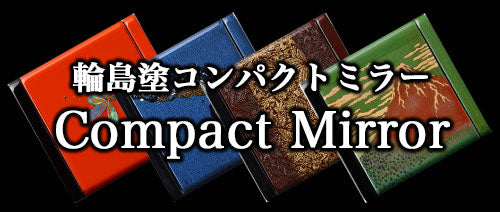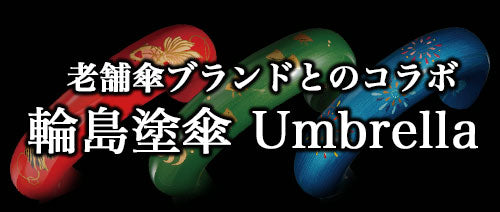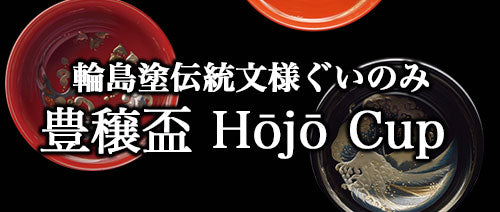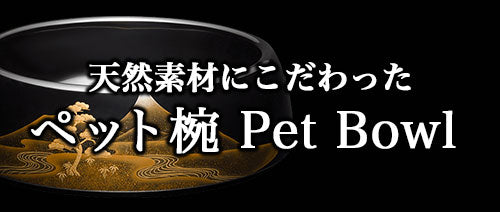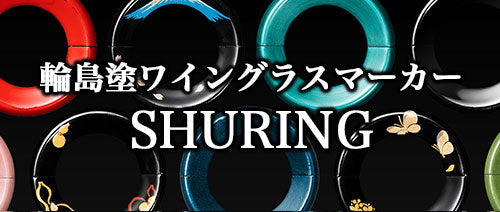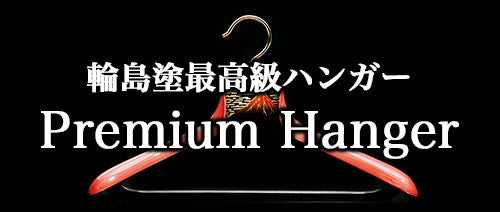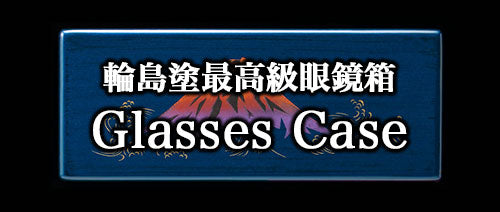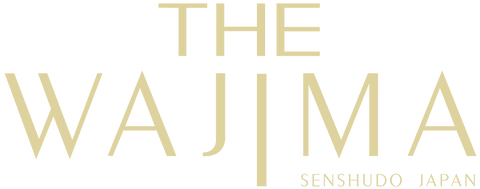How was the analysis conducted?
Analysis Method
We used a 3D laser scanning device, the "Design Scan Arm 2.5C," to measure the surface of the bowl.
Detailed dimensional data—such as the outer and inner shapes and thickness—were captured from various angles. This allowed for a precise analysis of surface irregularities, scratches, and dents that are difficult to detect with the naked eye.
Next, to supplement the limitations of the 3D scan, we used the micro-focus X-ray CT scanner "SMX100CT-D."
This enabled us to examine internal structures and the penetration condition of the lacquer—features that cannot be captured by the 3D laser scanning device.
By combining surface analysis through 3D scanning with internal structural analysis using X-ray imaging, we are able to gain a more comprehensive understanding of the production process of Wajima-nuri lacquerware.
[Collaborators]
KYOTO's 3D STUDIO Co., Ltd.
https://k3s.jp/
National Institutes for Cultural Heritage
Nara National Research Institute for Cultural Properties
https://www.nabunken.go.jp/
KYOTO's 3D STUDIO Co., Ltd.
KYOTO's 3D STUDIO Co., Ltd. leverages advanced digital technologies to promote the preservation and utilization of cultural heritage, making significant contributions to local communities, the tourism industry, and the field of education.







